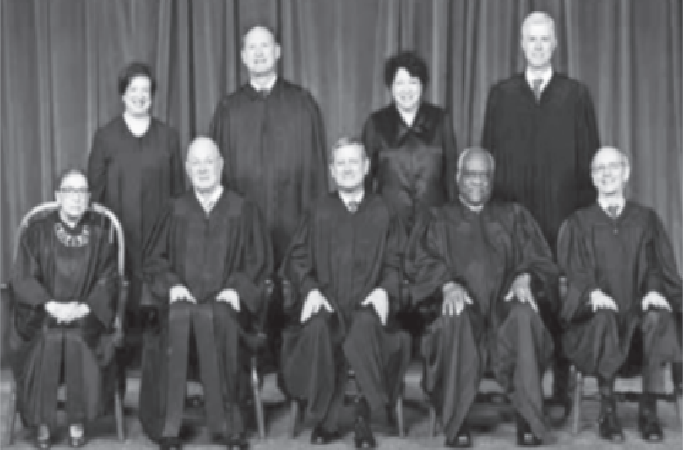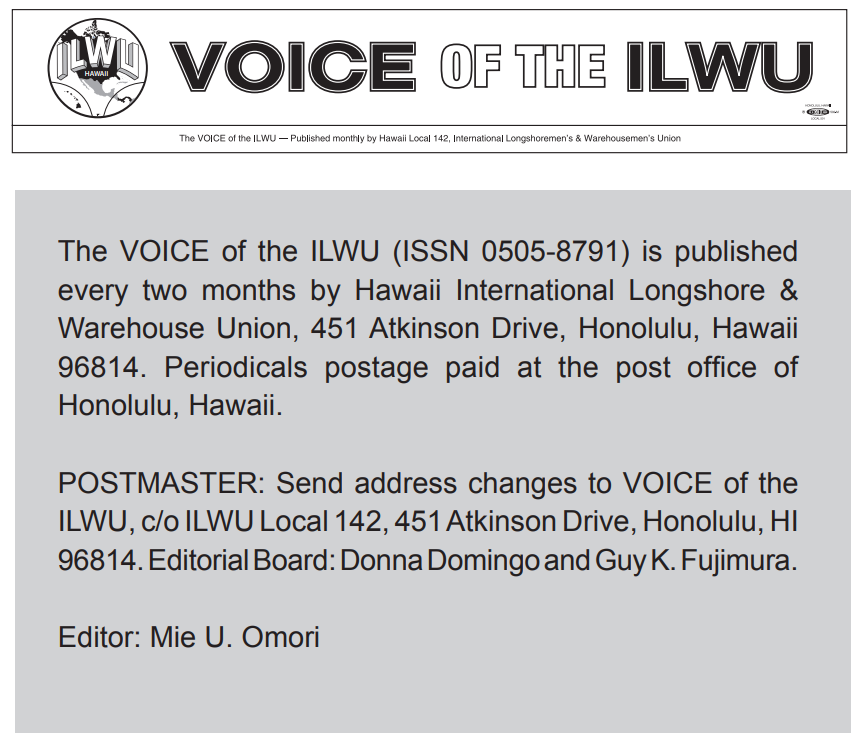A showdown took place at the US Supreme Court on February 26 where union advocates squared off against anti-union lawyers funded by big business.
Anti-union argument
The fight involved a controversial case called “Janus versus AFSCME,” so named because it was led by Mark Janus, a public employee who sued his AFSCME labor union that represents him and roughly 100,000 active and retired members in Illinois. Janus admits he and other public workers were “underpaid” and received better pay and benefits because of their union – but he also thinks he is entitled to get the union’s services and representation for free, instead of paying his fair share of union costs, which amount to about $45 a month.
Funded by big business
Anti-union groups have spent more than a half century and millions of dollars searching for workers like Janus who hate unions and will lend their names to anti-union efforts. Janus’ claims were rejected by lower federal courts because of a landmark precedent-setting, unanimous Supreme Court decision in 1977. That decision, known as the “Abood” case, was unusual because all Supreme Court justices – both liberal and conservative – agreed that public sector union workers were obligated to pay their “fair share” of union representation costs in more than 20 states where that responsibility is recognized by law, including California, Oregon, Washington and Hawaii.

Business targets state laws
Because the Supreme Court respected the “Abood” precedent for the past 40 years, business groups focused their anti-union campaigns at the state level, passing what they cleverly called “right-to-work” laws. Union members jokingly refer to them as “right to work for less” laws because studies show union members consistently earn higher wages and have better benefits. But aggressive and expensive campaigns by big business against unions managed to pass laws in 27 states that now have some sort of “right to work for less laws” on the books.
Shifting to the Supreme Court
In recent years, big business revived their Supreme Court strategy against union. First they blocked President Obama from filling a vacancy on the Supreme Court by enlisting Senators to block his moderate nominee. After Donald Trump was elected, business interests rallied to appoint a new Supreme Court justice who would cater to Wall Street and not workers. They suggested a man named Neil Gorsuch; Donald Trump made the appointment and the Senate quickly confirmed him.
Split among justices
At the February 26 hearing, both sides presented their arguments to the nine justices, most of whom peppered attorneys with questions and comments. During that process, four justices made it clear they supported the union side – while four others made it obvious that they would side against workers in favor of big business. The newest justice, Neil Gorsuch, will break the tie and cast the critical deciding vote in the Janus case.

ANTI-UNION: A majority of the Supreme Court justices now support big business and investors over workers, unions and consumers. Republican politicians refused to let President Obama fill a court vacancy, then quickly approved Supreme Court Justice Neil Gorsuch’s nomination by President Trump. Gorsuch has a record of opporsing workers and unions.
Trump’s judge will decide
Gorsuch has a long history of siding with big business over workers and consumers, so there’s little doubt where he will come down on the Janus case. Unlike the other justices, Gorsuch was silent during the oral arguments last month. The only other justice who said nothing was Clarence Thomas, who has become famous for never asking any questions. But Thomas previously made his views clear by voting against union members in a nearly identical case that tied in a 4 to 4 decision after Justice Antonin Scalia died suddenly in 2016.
When will they announce?
Justices typically take a secret vote soon after hearing oral arguments, then decide who will write the opinions for the majority and minority. The Court could announce their decision in a few weeks from now or they could delay a few months, but it is certain to come before their summer recess.
Impact on all union members
Assuming the court rules against workers and unions as expected, business interests hope to quickly exploit opportunities created by the ruling. Antiunion campaign committees have already experimented with obtaining names and addresses of public employees, then barraging them with mailings, text and phone calls that urge everyone to quit paying union dues. Some of those experimental campaigns could soon become standard operating procedure.
While the case before the court applies only to public-sector workers, the impact is likely to be broader
“If part of America’s union movement gets weaker, the entire working class suffers,” said ILWU International President Robert McEllrath. He noted that the ILWU already represents thousands of public employees who may feel pressured to abandon the union and stop paying dues after the Supreme Court announcement.
McEllrath has directed staff and leaders to develop education and out-reach efforts to alert workers about the need to stay united and continue supporting the union.
“Nobody who works for a living has ever gotten ahead by going it alone against powerful employers,” said McEllrath.

